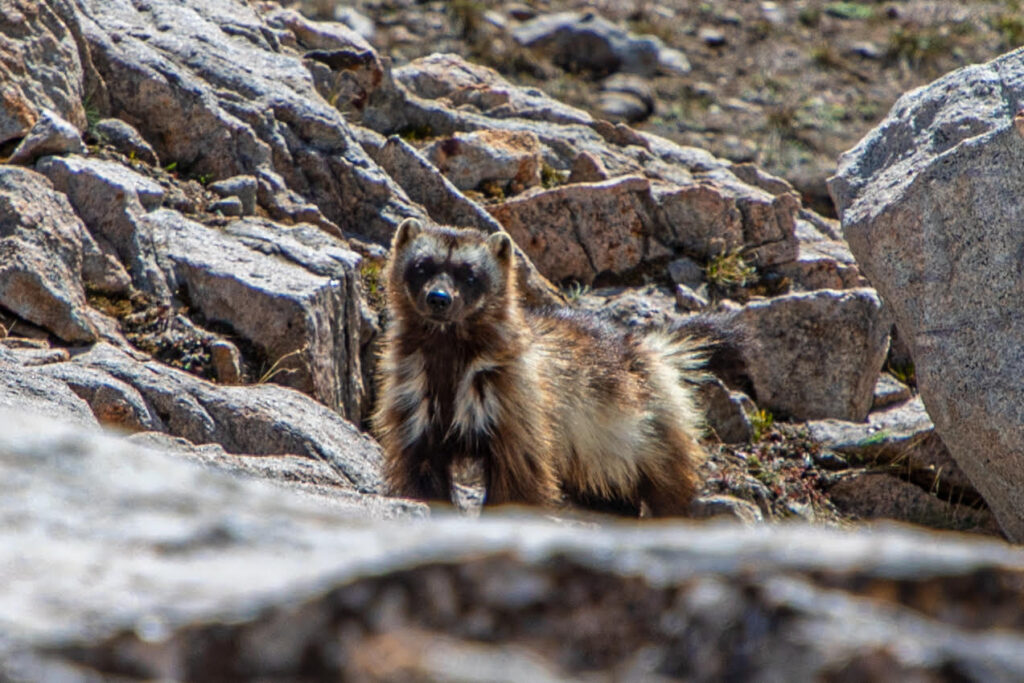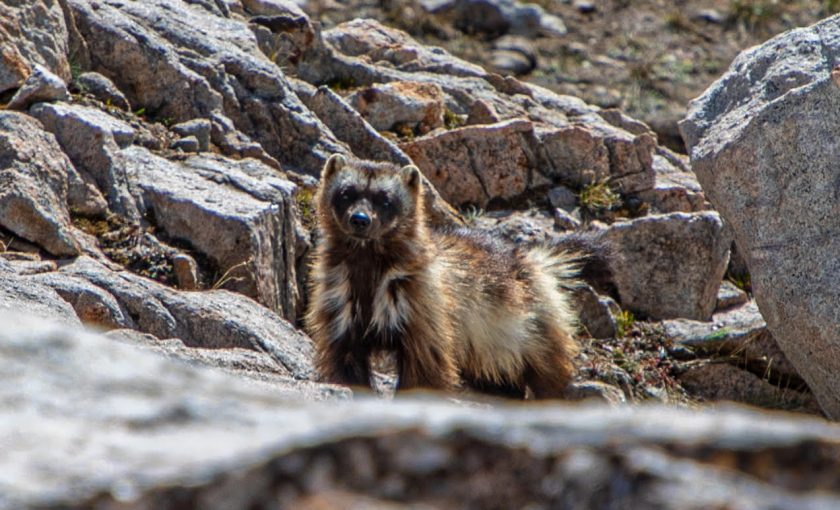The Elusive Wolverine
Climate Change and the Wolverine
Wolverines need deep and persistent snowpack for denning and rearing their young. Idaho’s large mountainous regions provide the conditions that wolverines need to thrive.
Unfortunately, the ability of the habitat to support a viable population of wolverine is declining as climate change decreases the extent, depth, and duration of the snowpack. In addition, recent studies have found that female wolverines avoid play areas frequented by snowmobiles and backcountry skiers. As our snowpack shrinks and winter recreation expands, wolverines are going to have fewer and fewer areas with suitable habitat.
That’s why ICL and a coalition of other conservation groups petitioned the U.S. Fish and Wildlife Service to list wolverine under the Endangered Species Act.

Due to political pressure, the Service has twice declined to list wolverine. ICL joined other conservation groups in challenging these decisions in court. In the latest challenge, a judge ruled that the Fish and Wildlife Service must again reconsider its decision. As this saga continues to play out, ICL will continue to track the issue, remain engaged, and seek the protections that wolverines need to survive.
The U.S. Forest Service is working to revise management plans for the Nez Perce-Clearwater and Salmon-Challis National Forests. During the planning process, ICL is advocating for the protection of wolverine habitat to ensure that they can survive and reproduce.
It is also worth noting that ICL is working to reduce our dependence on fossil fuels and curtail the green house gases they emit. Combating climate change is key to maintaining wolverine populations as well as those of other species.


